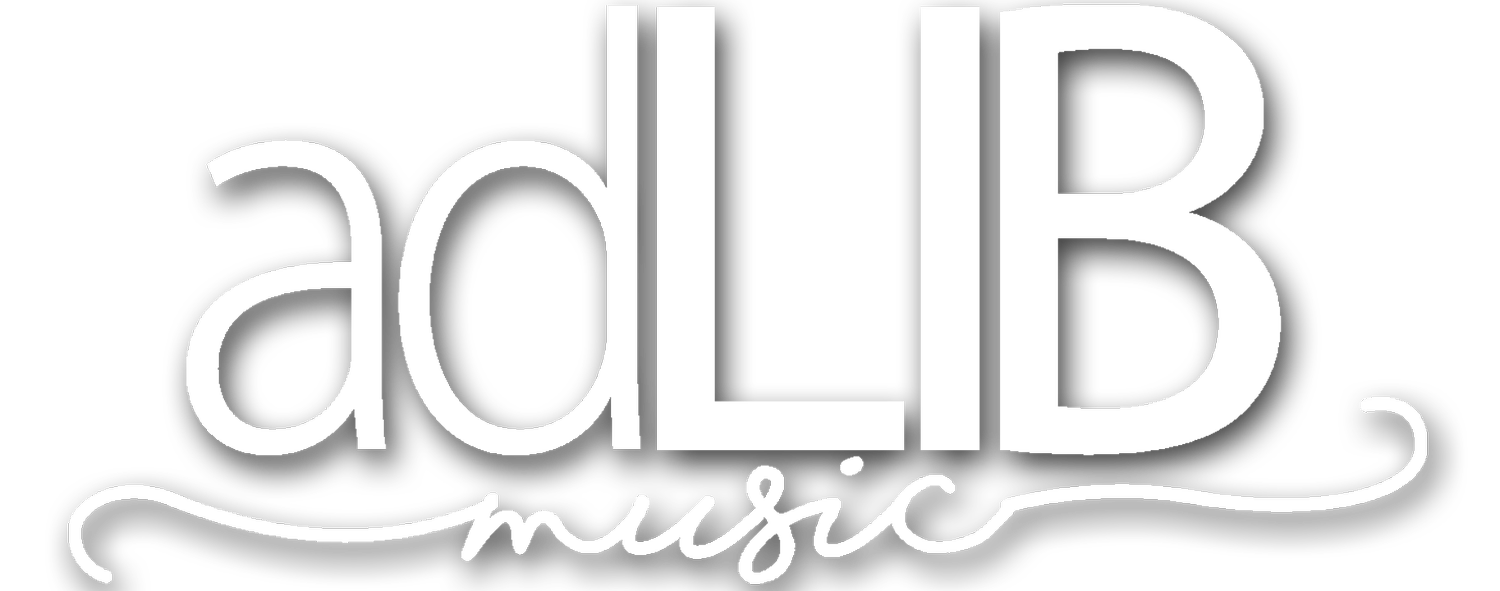How To Improve The Quality of Your Services
A worship leader recently asked me how to improve the quality of their services. That’s easy. Start with low-hanging fruit - those obvious little things irritating you for a long time. Next, put a small amount of extra effort into planning each service to raise the level incrementally. And finally (the real kicker), start addressing the underlying habits, mindsets, relationships, infrastructures, cultures, and personal spiritual practices that produce the great intangibles we experience when worshiping together.
At first glance, “how to improve the quality of our services” is a good question. But when you try to answer it, the question is too vague. How much improvement am I going for? Enough that I notice? Enough that “no-musical-bone-in-her-body-Edna” notices? Enough that visitors notice? Or the church board?
And who is defining “quality” here? And are we talking about musical quality, spiritual depth, or leadership effectiveness? Or if our relationships and communication improve, will that be noticeable enough?
And if we have occasional special services that are spectacular, is that enough? Or do we need some metric that rates each part of the service? But perhaps we’re only talking about the musical aspect?
I can only answer how to improve the quality when I can first answer how I will know that the quality has improved.
I don’t mean to get too heady. I just find vague goals to be somewhere between unhelpful and crushing. Because what often happens is that certain people in our congregations begin to express “a desire for improvement” without clarity. As worship leaders, we start to feel like we’re not doing our best, but we don’t know what to do about it.
How demoralizing!
We all want to do our best, serve faithfully, and be effective. But how can we if we aren’t shooting for the same goal?
For years, our coaches have been leading teams through a process we call “Broccoli.” I know it’s an odd name, but one mark of true friendship is to discretely, lovingly, and quickly tell your friends if they have something (like broccoli) in their teeth, right? Hence the name.
Our process for learning to give and receive feedback has three questions to answer:
1. What are two things that I liked best about the experience? (What success can I celebrate?)
2. What two things I suggest be done differently next time? (What didn’t go well this time?)
3. Please briefly reflect on what God was saying and doing and how we activated the church to engage that. Be sure to list any tangible, descriptive, concrete, specific details. Answer at least one question in each of the following nine categories to help you think specifically: Congregational Engagement, Leadership, Broader Service, Artistry, Relationships, Christ At The Center, Logistics And Tech, Rehearsal, and Growth Plan. (This is several questions in each category to direct your attention and help you remember specific details.)
Maybe this sounds intense. And it is! But it’s how we’ve found to get an entire team to move forward together in improving the quality of their services.
You can read all the questions here and even see a video describing the process. (At my son’s request, I was “growing out my hair.") We’d love to help your team learn how to give and receive feedback, so please get in touch with us if you’d like to find out more. But learning to do this is the first step in improving your services.
-Dave Helmuth
(purchase my book, "Worship Fertilizer: (the first hundred)" HERE)
How To Improve The Quality of Your Services (Nº 351)

